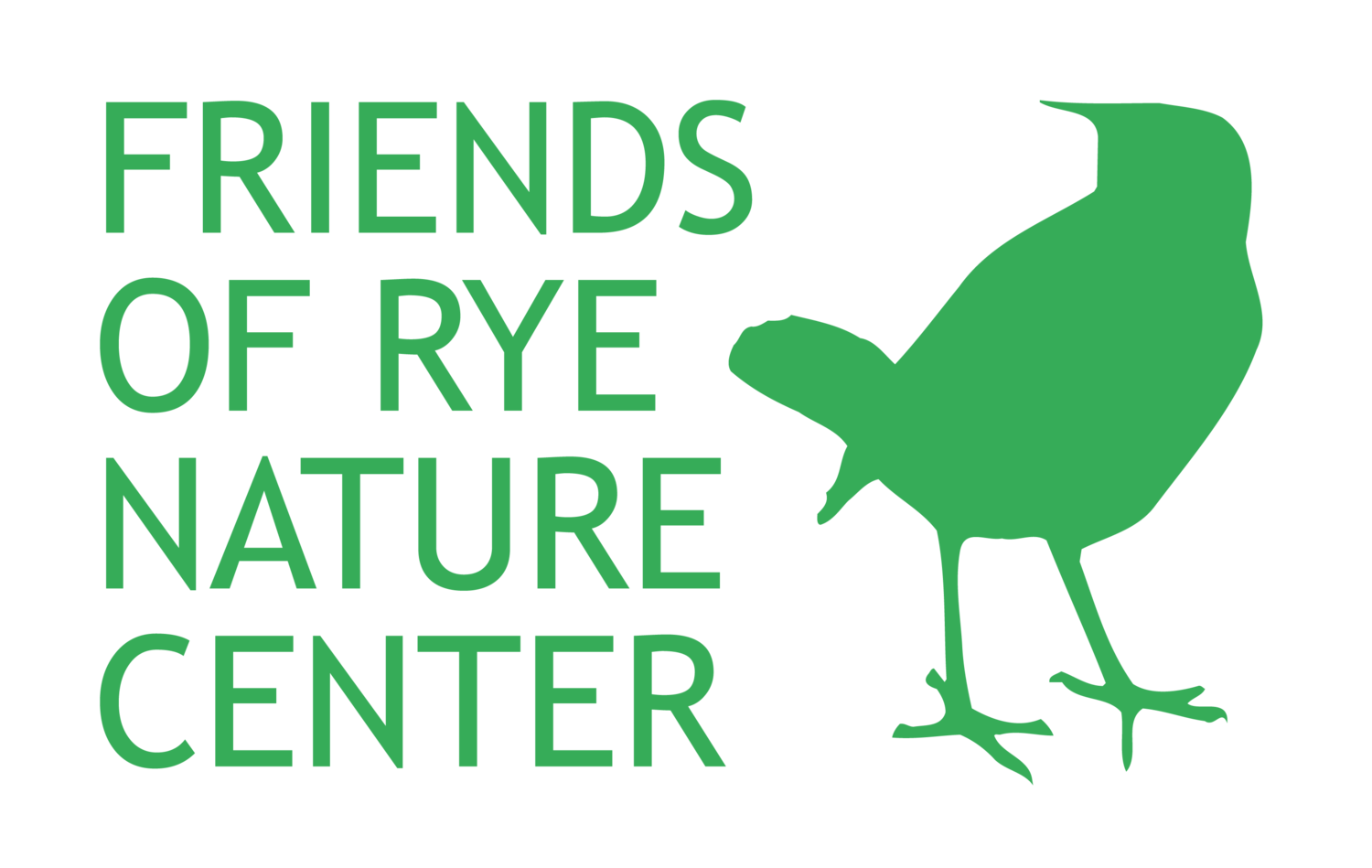— Mary Gillick, Program Director
Earthworms are some of the most numerous creatures in the forest but are seldom seen unless you know where to look for them. They belong to the group of annelids or segmented worms. Annuli are the segments or rings that contain similar sections of the internal body.
Earthworms do not have an exoskeleton like insects and crustaceans. The worms have two outer sets of muscles that aid in motion. One set elongates & the other group contracts to pull the body in different directions. Earthworms can regenerate a new body if they are injured but only the section attached to the head.
Tiny hairs called setae on each segment help the worms to burrow and hold on to the tunnel if a predator is attempting to remove them.
Earthworms have no lungs but they extract oxygen from the air through their skin. Their skin needs to stay moist so they are found in shady places. They can be damaged by ultra-violet radiation so many are nocturnal.
Earthworms are hermaphroditic which means they have eggs and sperm but they need a mate. The light-colored collar or saddle found on the upper body is where the eggs are produced. After fertilization, the collar slips off and cocoons are released into the soil.
Baby earthworms emerge tiny and white. As they age they change color. There are thousands of species of earthworms. Earthworms, Lumbricus terrestris, are land dwelling, but most annelid worms are aquatic.
Earthworms are detritivores in that they consume dead organic matter. Their tunnels bring air into the soil and allow water to penetrate. Worm castings are rich in nutrients from the breakdown of vegetation they pass through their digestive system.
Gardeners have learned to compost their garden plants and lawn clippings using nature’s creatures to turn that waste back into soil.
Bringing composting indoors to use worms to eat your leftover veggies is called vermicomposting. A plastic bin with small mesh-covered holes cut in for ventilation is sufficient. It is advised to use a species of redworm instead of importing local worms from outdoors. The redworms are smaller and are content to remain contained when provided with proper feeding and water.
So what ingredients can you put into an indoor compost bin? Any old leaf, root or fruit that is past its use for a salad or snack will be acceptable for the worms. Two exceptions are onions and orange rind. Eggshells, coffee grinds, banana peels and newspaper are also good. Any paper product that has no dairy or salad dressing on it is fine to add.
Remember, the worms need to stay moist so a sprinkling or spray of water is necessary if you are adding fairly dry ingredients. As the worms do their thing and the bin fills with soil, it will become necessary to separate the worms from the compost. Just placing the bin in light should make the worms gravitate to the bottom layers. Then you can remove the upper soil and use for planting.
In case you missed it, check out our article “Composting Your Way to Happiness” to learn more about starting a compost at home.


